- Home
- investment
- news
- Put these 20 books on your Christmas wishlist if you want to understand investing and conquer bear markets, according to top Wall Street experts
Put these 20 books on your Christmas wishlist if you want to understand investing and conquer bear markets, according to top Wall Street experts
Morgan Chittum,George Glover,Lisa Kailai Han

- The S&P 500 has slumped over 19% this year as investors fret about a potential recession.
- We asked experts for the essential reading that's helped them to better understand bear markets.
2022 has been a tough year to make money in the stock market.
Equities suffered a broad and deep sell-off this year, with investors panicking about a potential recession, rising interest rates, and Russia's invasion of Ukraine.
Growth stocks have led the downturn, with the Nasdaq down 32%. Some retail and even professional investors are experiencing their first prolonged bear market after two years of record-breaking outperformance from major indices and the extended bull run in the decade after the 2008 financial crisis.
Insider asked a number of veteran Wall Street strategists which books have helped them better understand bear markets, recessions, and stock market crashes.
They shared 20 top picks, ranging from Michael Lewis's "The Big Short," which tells an important story of the 2008 financial crisis, to "Reminiscences of a Stock Operator," a 1923 novel written by the journalist Edwin Lefèvre.
1. "The Big Short: Inside the Doomsday Machine" by Michael Lewis
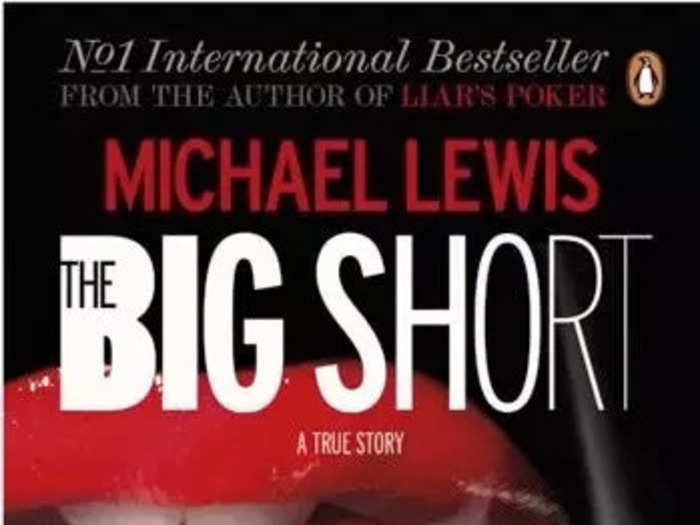
Michael Lewis' "The Big Short" chronicles three sets of investors who bet against the US housing market ahead of the 2008 financial crisis. It was later adapted into an Oscar-winning film that starred Christian Bale as Michael Burry.
The book details how Burry, hedge fund manager Steve Eisman, and Cornwall Capital's Jamie Mai, Charlie Ledley, and Ben Hockett used unconventional methodologies to identify the US' housing bubble — and then shorted bank stocks and bought credit default swaps against subprime mortgages to profit from the stock-market crash.
Recommended by: Amanda Rebello, head of passive sales at DWS Group
2. "Stocks for the Long Run: The Definitive Guide to Financial Market Returns & Long-Term Investment Strategies" by Jeremy Siegel

In "Stocks for the Long Run," famed markets guru Jeremy Siegel shares his ultimate stock-picking strategies, with a particular focus on the impact of the 2008 financial crisis. The Wharton School professor recommends that investors should avoid bonds due to their weak long-term performance, instead preferring index funds for their passive income.
"It's a must-read primer for investing in the stock market," Bernstein Private Wealth Management's co-head of investing strategies Alexander Chaloff told Insider. "You don't buy stocks for a month, or a quarter, or even a year. You buy them for the long run. And this book captures that concept."
Recommended by: Nancy Tengler, chief executive of Laffer Tengler Investments; Alexander Chaloff, co-head of investment strategies at Bernstein Private Wealth Management
3. "When Genius Failed: The Rise and Fall of Long-Term Capital Management" by Roger Lowenstein
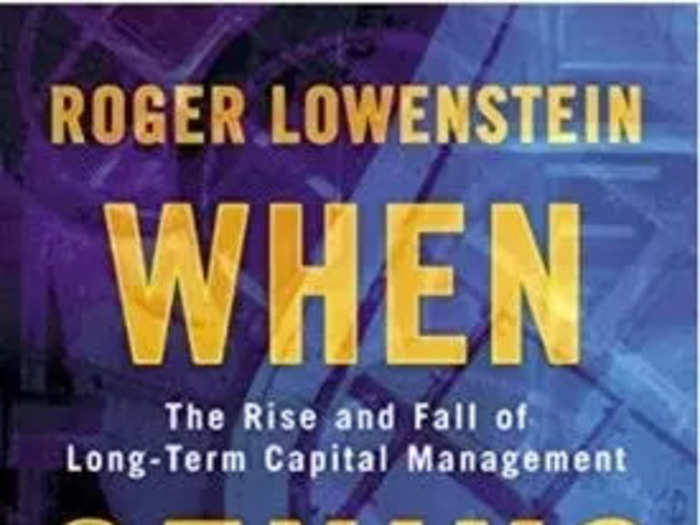
Roger Lowenstein's "When Genius Failed" chronicles the rise and fall of hedge fund Long-Term Capital Management. In four years, the $100 billion fund suffered enormous losses, not only sending ripples through Wall Street, but the world's financial system at-large.
"It's good to study other people's mistakes," Court Hoover, head of research at Pervalle Global, said. "There's an old quote that says 'Every trade either makes you richer or wiser.' When you get something right, there's a tendency not to think about it. You made money. If you get something wrong, you really study it, but that's a really expensive way to learn a lesson."
Recommended by: Court Hoover, head of research at Pervalle Global
4. "Reminiscences of a Stock Operator" by Edwin Lefèvre
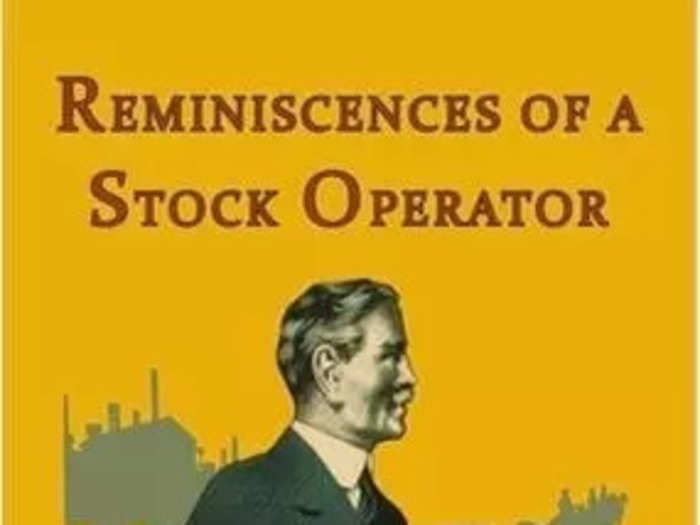
Edwin Lefèvre's "Reminiscences of a Stock Operator" is a first-person chronicle about a master stock market trader who made and then lost all of his fortune. Written in 1923, the book details a fictionalized account of prominent Wall Street speculator and day trader, Jesse Livermore.
Recommended by: Michael Wang, founder and chief executive of Prometheus Alternative Investments
5. "Market Wizards: Interviews with Top Traders" by Jack D. Schwager
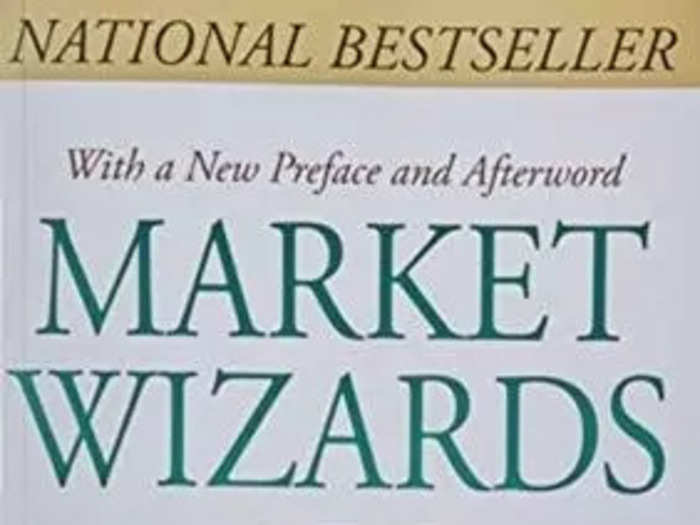
Jack D. Schwager's "Market Wizards" features interviews with 17 of the most successful Wall Street vets including Paul Tudor Jones, Bruce Kovner, Richard Dennis, and Michael Steinhardt. Published in 1989, the book recalls how each person had unprecedented success, turning small sums of capital into large fortunes.
Recommended by: Michael Wang
6. "Lords of Finance: The Bankers Who Broke the World" by Liaquat Ahamed
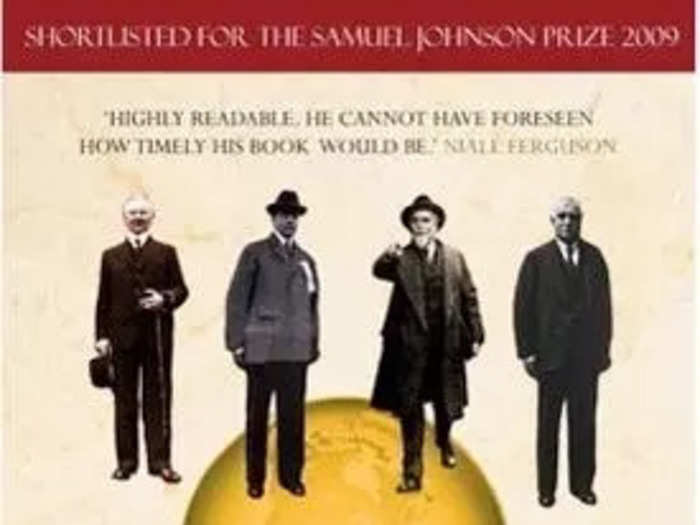
Liaquat Ahamed's "Lords of Finance" retells the events that led to the 1929 Wall Street crash, focussing on central banks in the US, the UK, France, and Germany.
"'Lords of Finance' is more of a dire-warning book, but it's helpful to understand the dynamics that can create market crashes that are driven by central bankers," Bernstein's Chaloff told Insider. "This is my recommendation to people who ask 'how bad can it get' — a world war and a great depression, that's how bad."
Recommended by: Alexander Chaloff
7. "The Asian Financial Crisis 1995-98: Birth of the Age of Debt" by Russell Napier
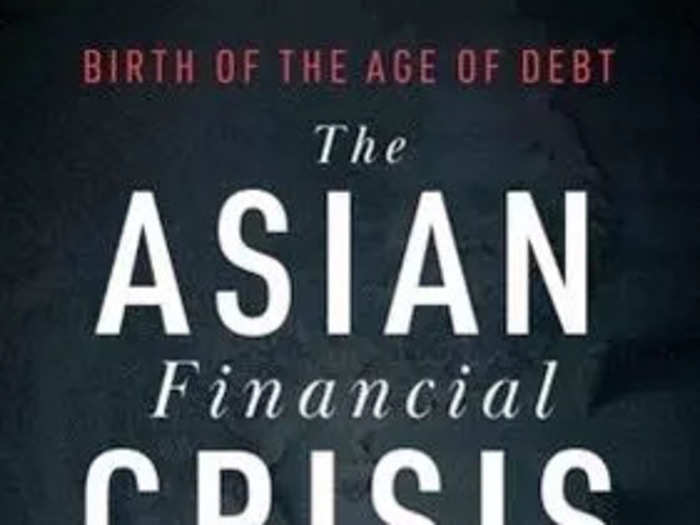
In "The Asian Financial Crisis," author Russell Napier recounts his time writing for institutional investors amid an economic downturn, when the US dollar value of certain Asian stock markets sunk 90%. The catastrophe led to the loss of billions of dollars and hundreds of lives in rioting .
"Understanding financial crises is really important because they present such opportunity. In order for there to be a financial crisis, it has to be unforeseen by the majority of participants," Hoover said. "Otherwise, it wouldn't occur in the first place. And those sorts of unforeseen events offer the most asymmetry in terms of prospective returns."
Recommended by: Court Hoover, head of research at Pervalle Global
8. "The Black Swan: The Impact of the Highly Improbable" by Nassim Taleb

In "The Black Swan," Nassim Taleb details times throughout history when highly improbable events have occurred like the enormous success of Google or catastrophes like 9/11. The book explores the implications of these as well and what readers can take away from them. Black Swan events have three major characteristics, per Taleb, including their massive impact, unpredictability, and that later people try to explain the phenomena to make it seemingly less random and bizarre.
Recommended by: Amanda Rebello
9. "A Random Walk Down Wall Street: The Time-Tested Strategy for Successful Investing" by Burton Malkiel
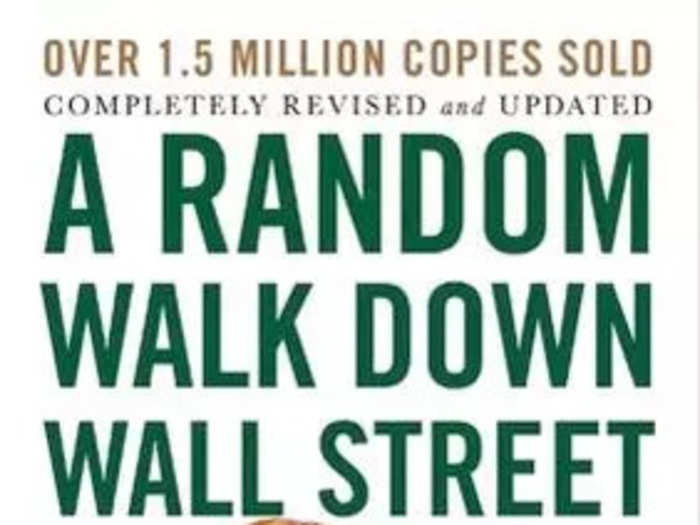
Written by Princeton economist Burton Malkiel, "A Random Walk Down Wall Street" popularized the "random walk hypothesis " – a financial theory that argues traditional stock markets cannot be predicted, and, well, are random. Malkiel critiques popular investing strategies like technical analysis and fundamental analysis, adding that the traders cannot consistently outperform market averages.
Recommended by: Kevin Philip, partner at Bel Air Investment Advisors
10. "Anatomy of the Bear: Lessons from Wall Street's Four Great Bottoms" by Russell Napier

Many investors are now aiming to identify the bottom of the bear market so that they can start snapping up undervalued stocks that are well-positioned for long-term growth.
In "Anatomy of the Bear," Russell Napier investigates what causes bear markets to end. The investor and economic historian read over 70,000 old newspaper articles to try to pinpoint when sentiment on Wall Street started to shift the stock market bottoms of 1921, 1932, 1949, and 1982.
Recommended by: Patrick Diedrickson, equity analyst at Ameriprise Financial
11. "Manias, Panics, and Crashes: A History of Financial Crises" by Charles P. Kindleberger

Charles P. Kindleberger outlines the speculative panic associated with major financial crises, along with the mismanagement of money and credit, in his 1978 book "Manias, Panics, and Crashes." From the so-called "South Sea Bubble" of 1720 to countless stock market bubbles since, the book engages readers by detailing financial explosions throughout the centuries.
Recommended by: Marc Chandler, chief market strategist at Bannockburn Global Forex
12. "Debt: The First 5,000 Years" by David Graeber
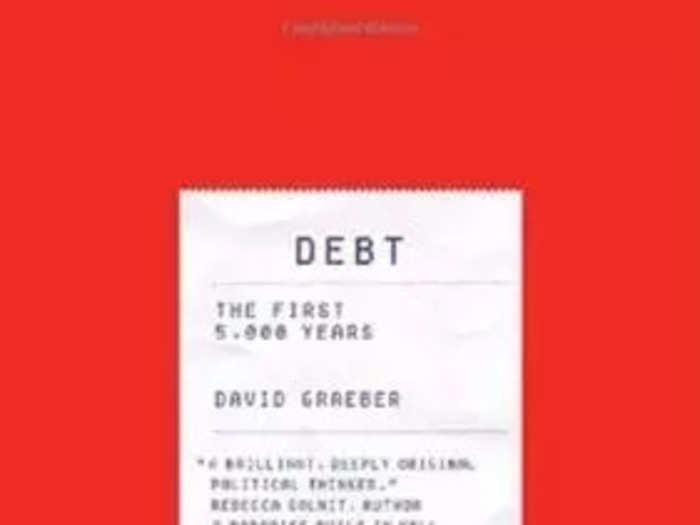
Before money, anthropologist David Graeber argues, there was debt and credit. "Debt" by anthropologist Graeber explores how it seeps into every major social institution like marriage, religion, government, and war.
Recommended by: Marc Chandler
13. "Stabilizing an Unstable Economy" by Hyman Minsky
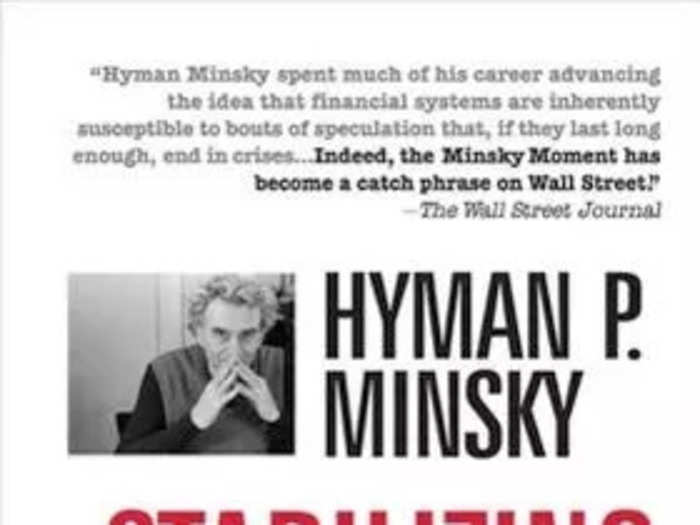
In "Stabilizing an Unstable Economy," Hyman P. Minsky argues that our financial systems are inherently dubious and prone to tottering. Published in 1986, Minsky makes sense of why the United States undergoes phases of rising unemployment, debilitating inflation, and even credit crises.
Recommended by: Marc Chandler
14. "Triumph of the Optimists: 101 Years of Global Investment Returns" by Elroy Dimson, Mike Staunton, and Paul Marsh
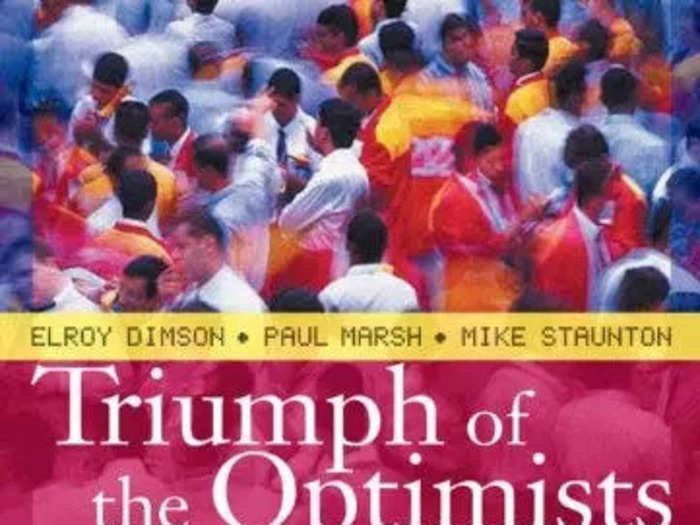
In "Triumph of the Optimists," the authors compare and contrast the performance of the US stock market over time to markets in 16 other developed nations.
"The big reveal is that equities have upward bias regardless of jurisdiction," said David Waddell, chief investment strategist and CEO at Waddell and Associates. "A bet against global equities is quite simply a bet against human progress. The best way to survive bear markets is to zoom out!!!"
Recommended by: David Waddell, chief investment strategist and CEO at Waddell and Associates
15. "A Short History of Financial Euphoria" by John Kenneth Galbraith
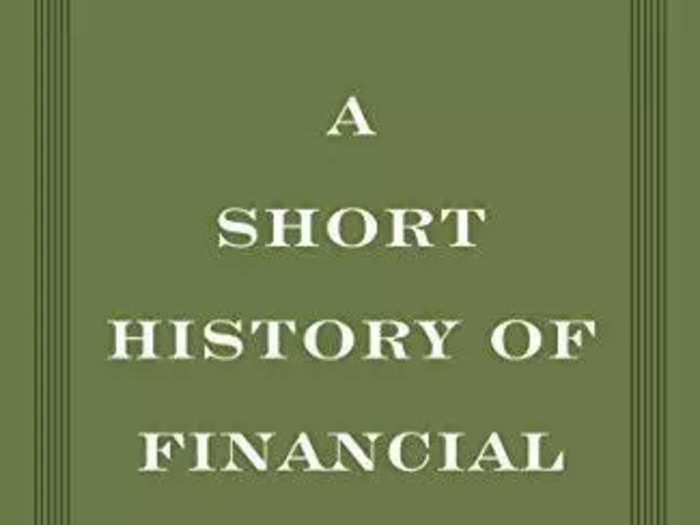
In "A Short History of Financial Euphoria," economist John Kenneth Galbraith proves the age-old adage of history repeating itself by exploring major market collapses over the last 300 years in the US economy.
"When you talk about volatility, this classic never goes out of style," said Dan Kimerling, founder of venture capital firm Deciens Capital. "There are cycles of irrational exuberance throughout history in all kinds of assets and those bubbles are not permanent."
Recommended by: Dan Kimerling, founder of Deciens Capital
16. "Too Big To Fail" by Andrew Ross Sorkin
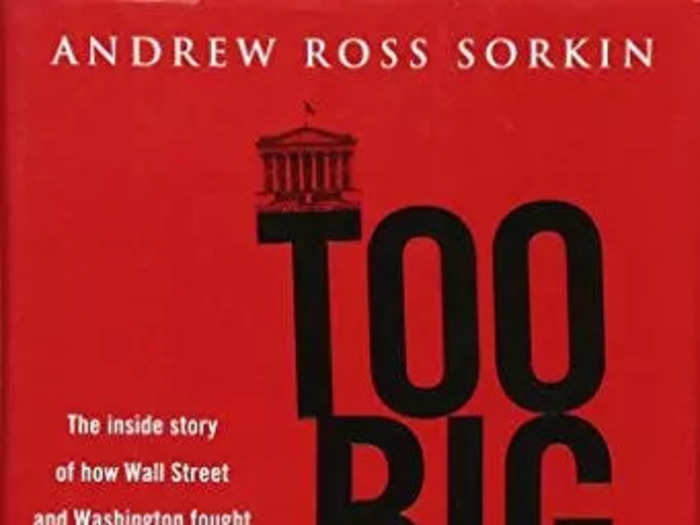
In "Too Big to Fail," esteemed financial journalist Andrew Ross Sorkin recounts a gripping retelling of the 2008 economic crash, presenting the crisis from two points of view: both the regulators and the most powerful leaders of the biggest investment firms. One of the book's highlights is that it reads just like a novel without slipping into over-technical territory for readers who may come from an extensive finance background, said Robert Johnson, CEO of Economic Index Associates.
Recommended by: Robert Johnson, Creighton University finance professor and CEO of Economic Index Associates
17. "Irrational Exuberance" by Robert J. Shiller
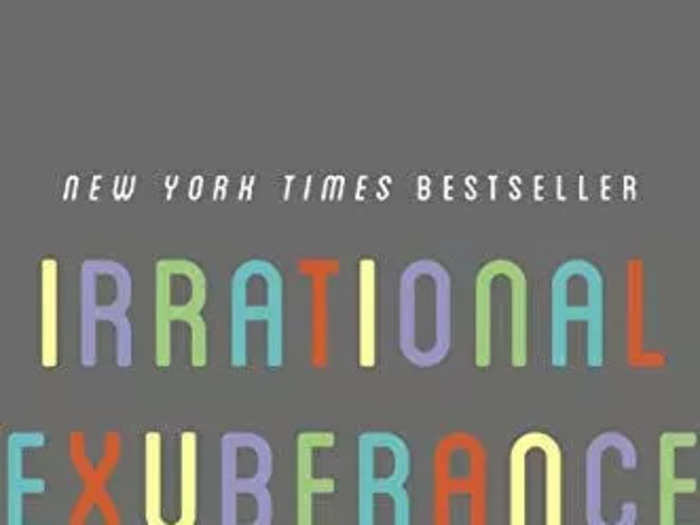
Originally published in 2000, Nobel laureate Robert Shiller wrote "Irrational Exuberance" to explain the stock market's cyclical peaks and troughs and make the case that the US stock market was significantly overvalued – one month before the historic burst of the dot-com bubble. Since then, two editions have been published: one in 2005, prophetically warning readers of an impending housing bubble crash, and one in 2015, cautioning against holding long-term bonds.
Recommended by: Robert Johnson
18. "Boom and Bust: A Global History of Financial Bubbles" by John D. Turner and William Quinn
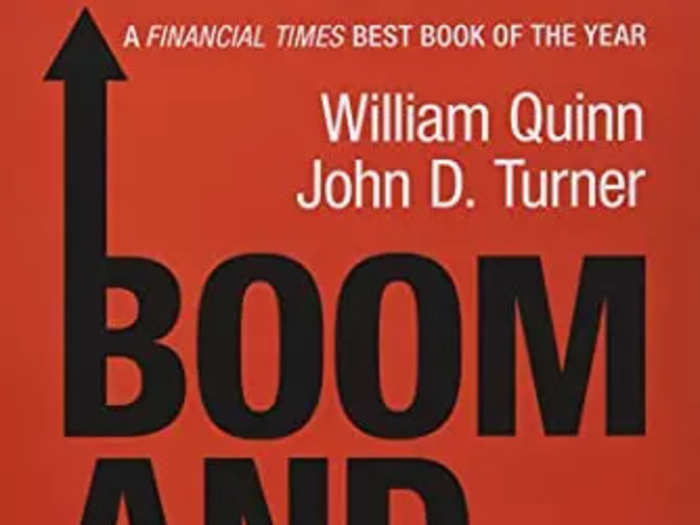
In "Boom and Bust," authors Quinn and Turner dive into the history of financial busts to explain the actions investors and speculators took leading up to these crashes.
"The authors use creating fire as an analogy to bubbles. Just as fire needs fuel, heat, and oxygen, the necessary elements for a bubble are; excess money, easy liquidity, and speculation. Oftentimes, new technology acts as the spark to set things in motion," said Garrett Aird, Northwestern Mutual Wealth Management Company's vice president of investment management & research.
By providing this historical context, the book highlights the three key elements of a financial bubble to help future investors predict an upcoming economic decline.
Recommended by: Garrett Aird, vice president of investment management & research at Northwestern Mutual Wealth Management Company
19. "Extraordinary Popular Delusions and the Madness of Crowds" by Charles MacKay
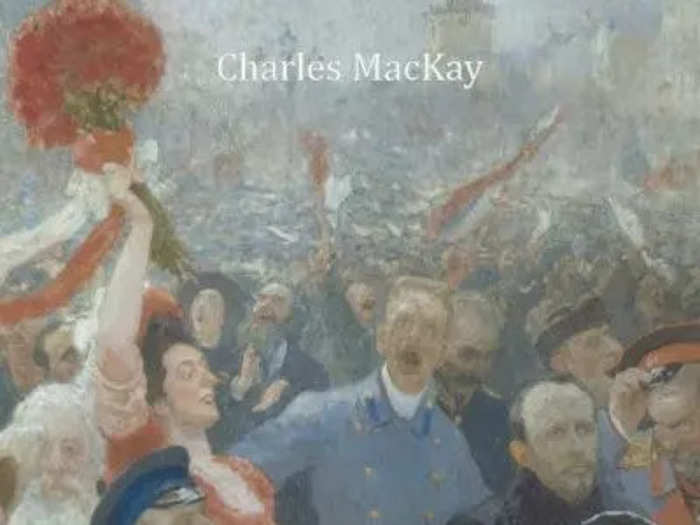
Charles MacKay's book, written over 150 years ago, is a classic early case study of crowd psychology. In "Extraordinary Popular Delusions and the Madness of Crowds," MacKay dissects historical market crashes like the Dutch tulip mania and the South Sea Company bubble in the early 1700's to prove that market speculation has always been around.
"The underlying causes may be different, but human nature hasn't changed," Aird explained to Insider. "The book is helpful in understanding herd mentality and avoiding groupthink."
Recommended by: Garrett Aird
20. "The Dow Jones-Irwin Guide to Modern Portfolio Theory" by Robert Hagin
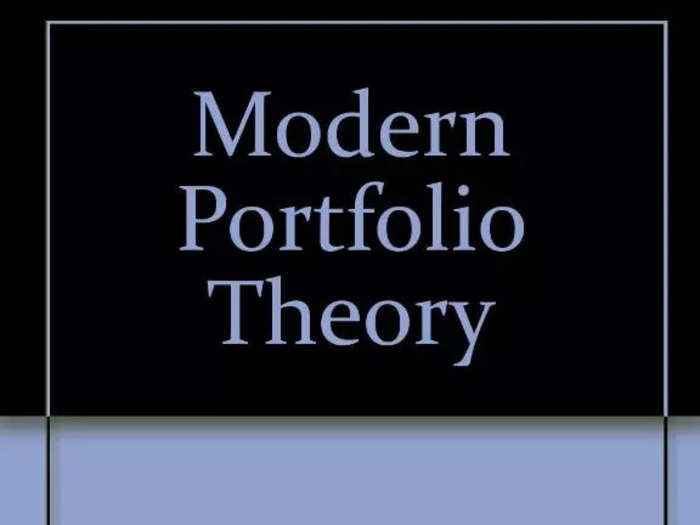
Robert Hagin's "The Dow Jones-Irwin Guide to Modern Portfolio Theory" is an encyclopedia of risk management, portfolio strategies, and asset valuation. Hagin, a former executive director at Morgan Stanley, breaks down investing and financial concepts, recalling lessons he learned in his 40-year career on Wall Street.
"In my opinion, it's a master class of individual investment analysis and portfolio allocation, which was really pivotal in my growth as an investor and capital allocator," Franzen told Insider in a statement.
Recommended by: Caleb Franzen, senior market analyst at Cubic Analytics
Popular Right Now
Popular Keywords
Advertisement